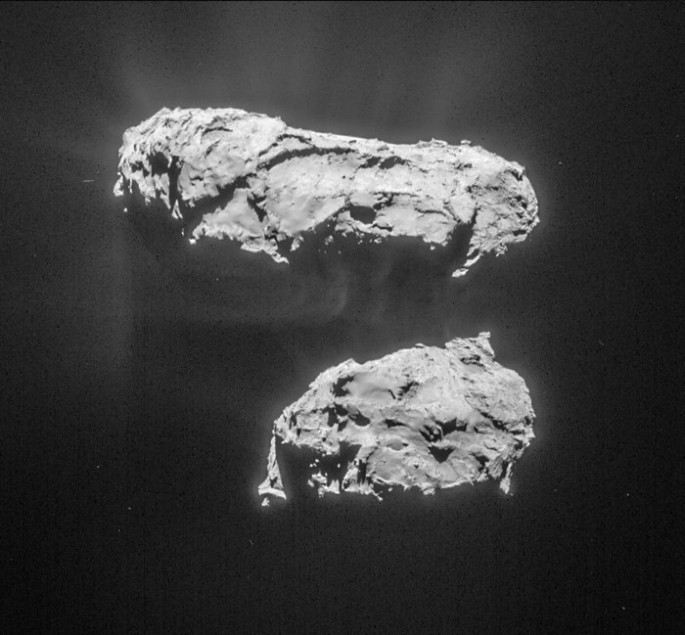Since it first touched-down a few months ago, the Rosetta mission has become a superstar in becoming the first ever "ride a comet." However, as of Mar 12, the 100-kilogram lander, Philae, has still hidden its plans as it stays dormant under one of the many comets' cliff.
The European Space Agency has given a statement that they were still unable to get a response from the lander despite the many attempts of the Rosetta satellite. "Perhaps it is still too cold for the Philae lander to wake up. Maybe its power resources are not yet sufficient to send a signal to the team at the DLR Lander Control Center," the ESA blog wrote.
DLR is a local abbreviation for the German Aerospace Center and is one of the Philae spacecraft operators aboard the Comet 67P/Churyumov-Gerasimenko.
Stephan Ulamec, the DLR project manager expressed that their hopes are high and it is too early to wake Philae up. "We have to be patient," he said. By September, according to estimates, Philae will wake up and ping Rosetta when sufficient energy has been accumulated by the solar powers. Philae will need power of five watts and internal temperature that is more than negative 45 degrees Celsius, to be able to overcome hibernation.
ESA has also confirmed that Comet 67P is gradually spinning down, the BBC reported. Earlier estimates have speculated that the famed comet needs more than six hours to complete one rotation; however, since Rosetta began observing this fast-moving heavenly object, ESA has explained that its rotation is extending to a second each day.



























